Words Miguel Llona and Mel Patrick Kasingsing
Images Greg Mayo and Alt+38
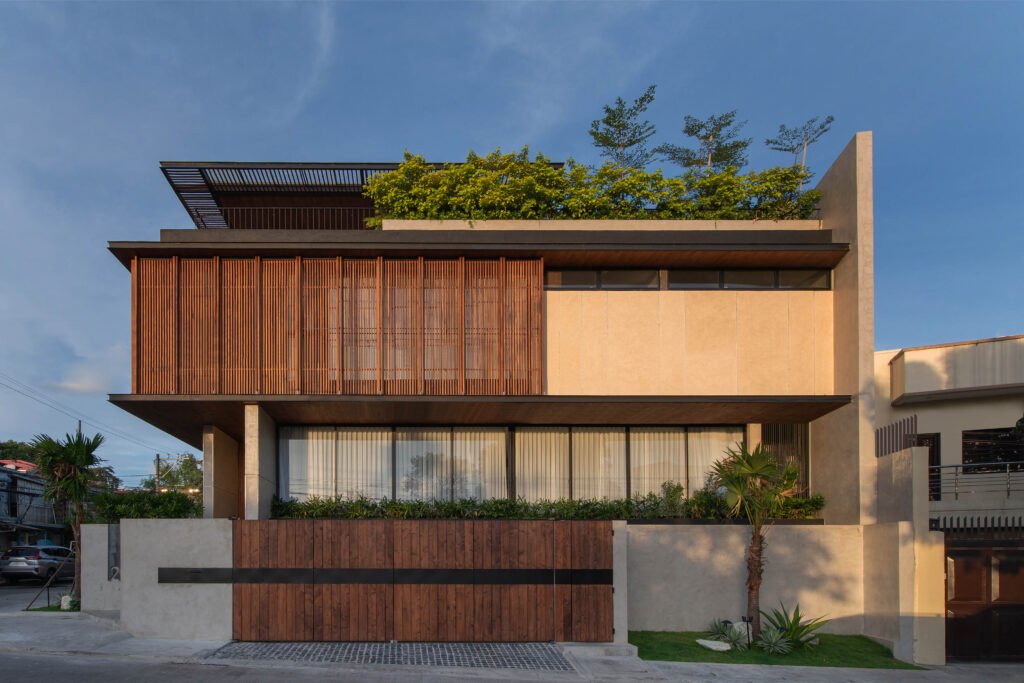

The Dialogue House is a first for both parties—it is the client’s first home after years of renting, and it is the project that springboarded Alt+38 Design Studio into existence. Principal architects Marvin Suguitan and Mark Vibandor were compelled to establish their own firm after they landed this project, as they were determined to give it their full attention. “When we got the Dialogue House, it was too big to be a sideline, and it would be unfair to the clients. We wanted to give 100% since this is our very first project,” says Suguitan. Before this opportunity, the two had been working for Studio Tille, where their principal architect often encouraged them to take on projects outside the firm for their own development.
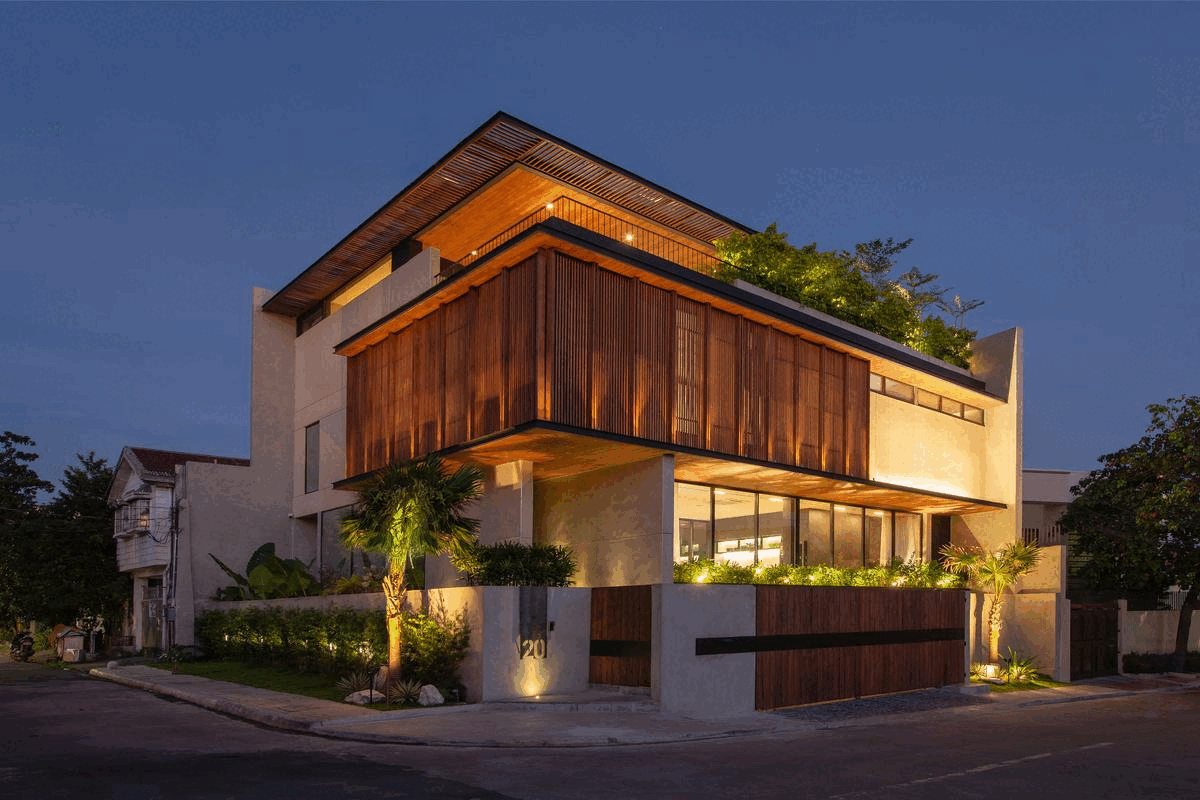

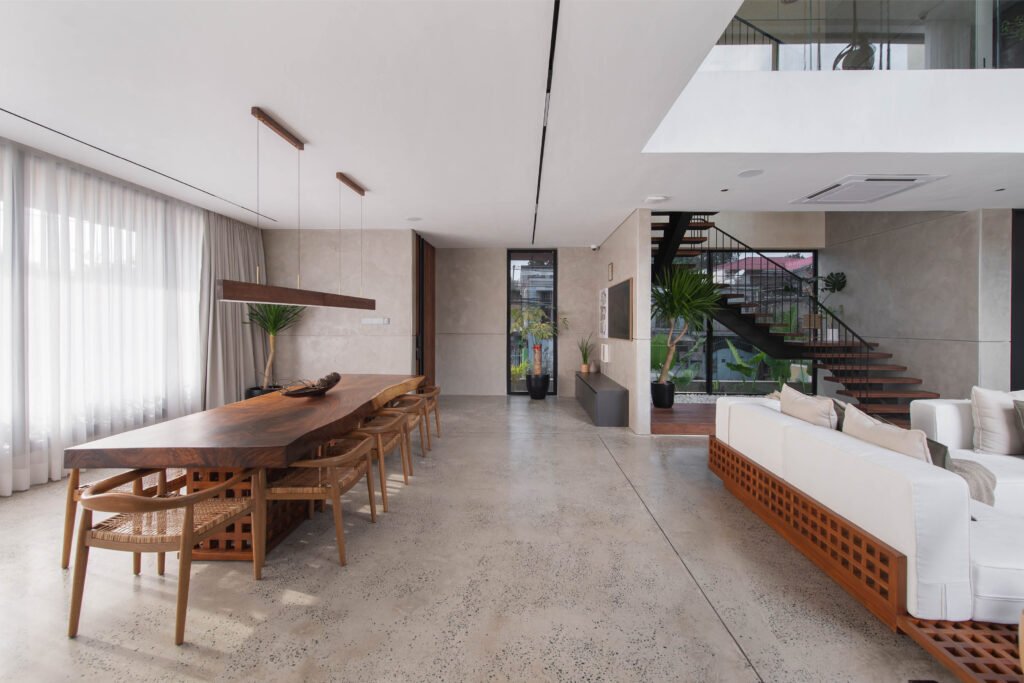

Choosing Suguitan and Vibandor to design their dream home was a leap of faith for the clients as well. The family, a husband and wife in their mid-thirties with a child, wanted a “permanent vacation home” where they can feel like the beach is right beyond the walls of the house. Entrusting their first house to a pair of young architects was a considerable risk (and during a pandemic at that). Yet, one would assume industry veterans built the Dialogue House due to the smart application of tropical design principles that some established architects still falter in.
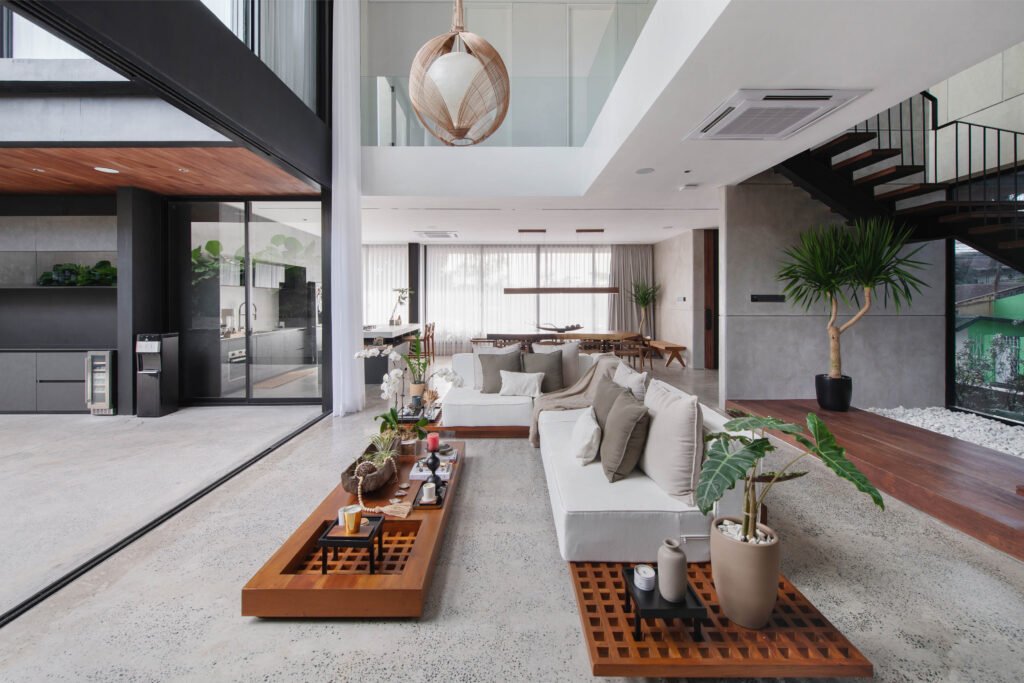
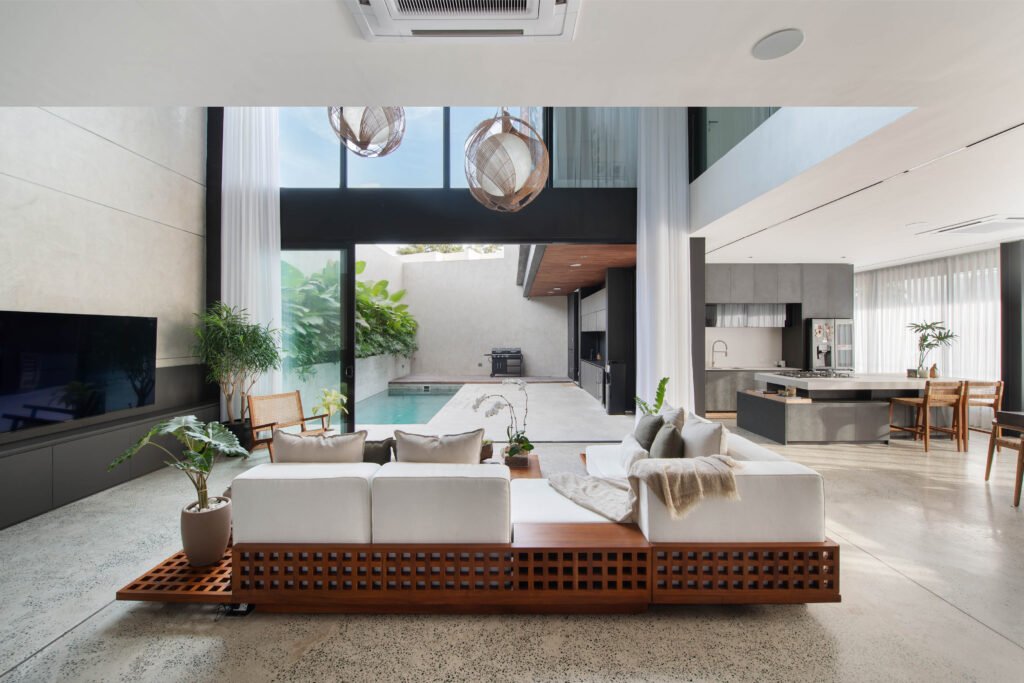


It was the maturity of Alt+38’s process that convinced the clients, who had challenged the duo over what sets them apart from other architects during their first meeting. The deciding factor lay in their understanding of how a tropical house should work, and how they communicated these principles and tied them with what the clients wanted—a back-and-forth process that bred comfort between the two parties, as opposed to tension and strife that some unhealthy business partnerships generate. “They are no longer just our architects; they’ve now become close friends!” Mrs. U shares as she prepares to serve us lunch on the dining area’s statement piece, a 3.2-meter-long acacia-wood slab.


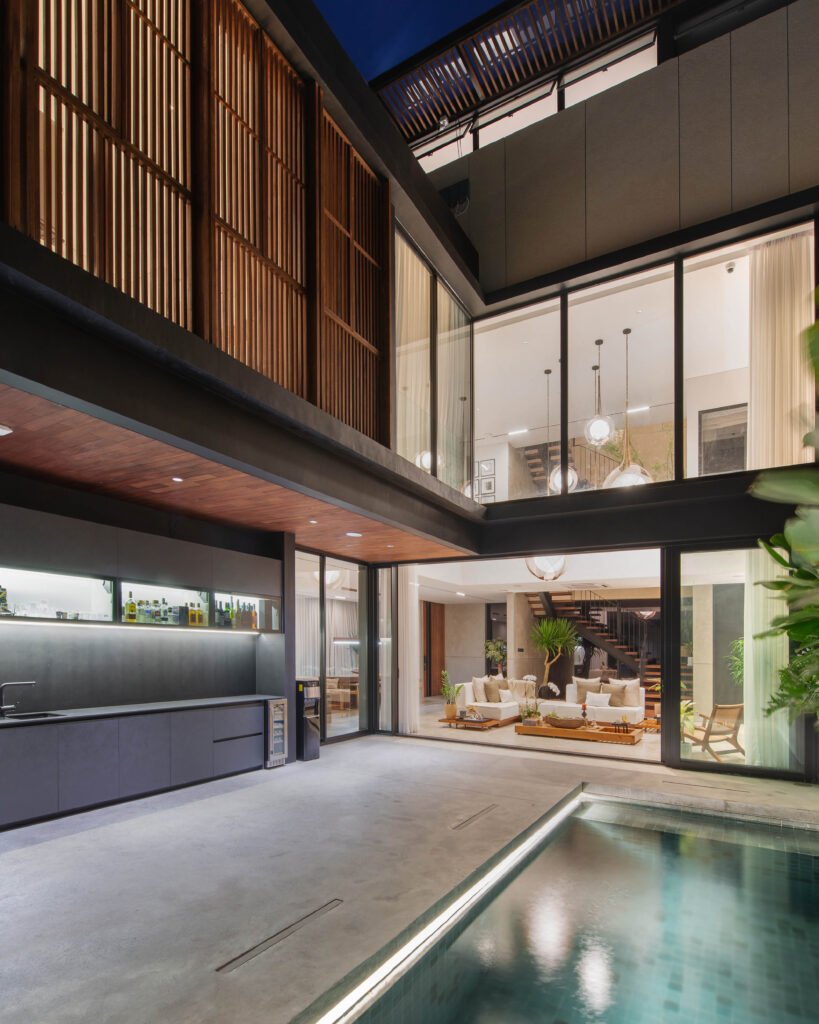

From the exterior alone, one could see the lengths that Alt+38 went to protect the clients from the elements. The corner lot is oriented towards the southwest and northwest directions so 17 1m-by-3.4m louvered panels wrap around these facades, covering the second level where the private areas are. The louvers are easily operable and can be opened depending on the preferred angle, allowing the client the freedom to control the amount of natural light that can enter the interiors. The louvered panels are made of pine wood, giving the façade the desired tropical aesthetic and offering a preview of the material palette used for the entire house.
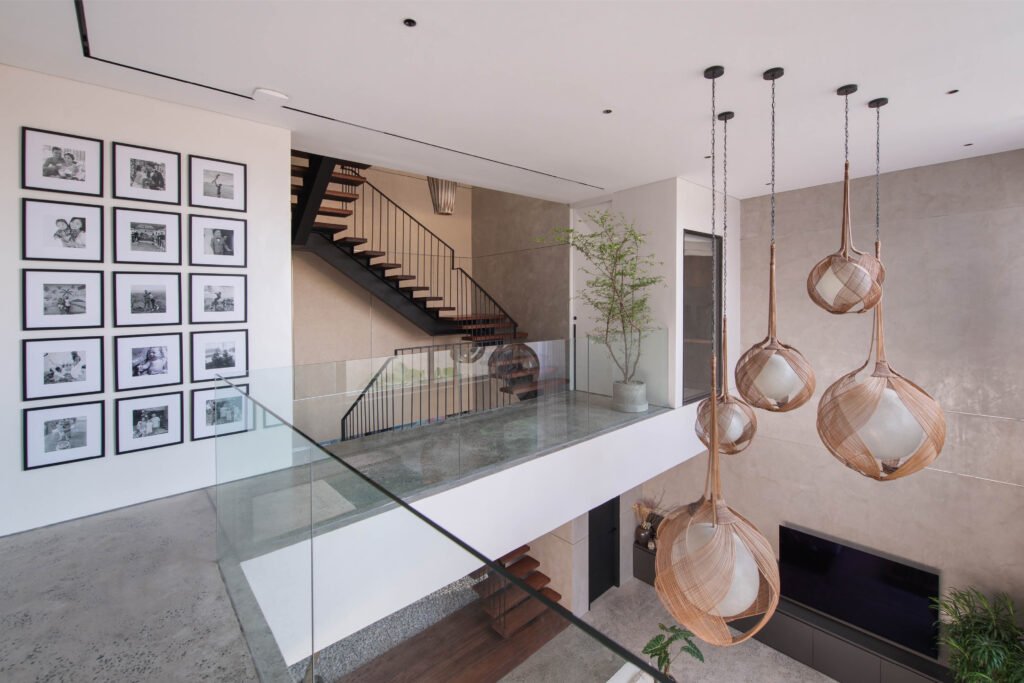
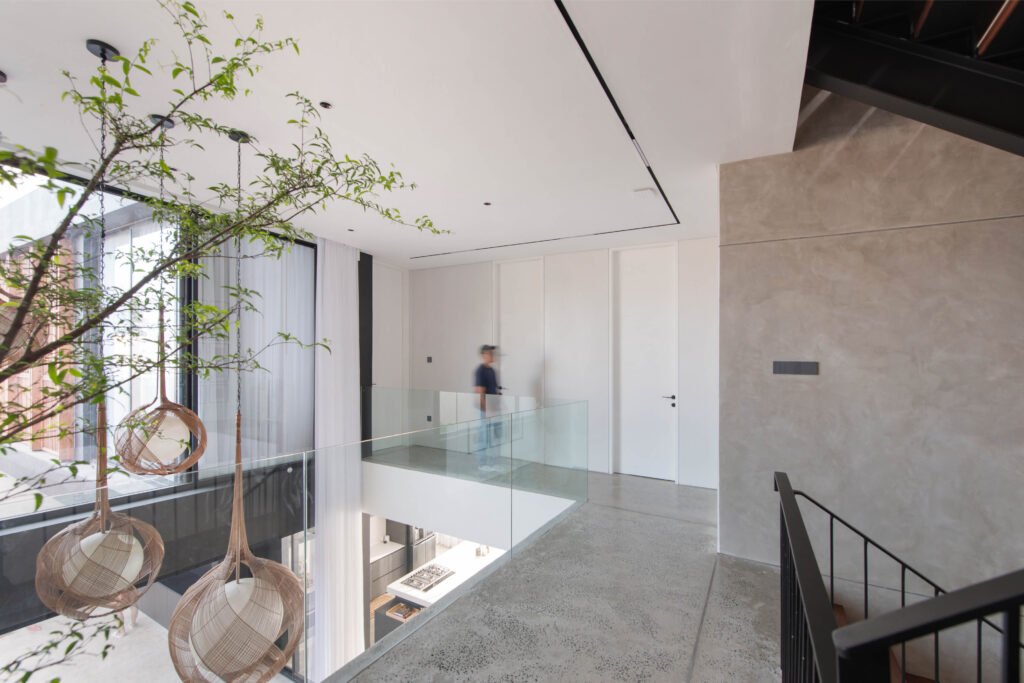


The material palette and the spatial configuration fulfill the client’s desire for a home that would perpetually immerse them in a vacation mood. Because of the trust and confidence they’ve built up with the clients, Alt+38 was able to easily convince them of the benefits of using natural materials. “We tried to encourage them to use natural materials,” says Vibandor. “There were parts that were just synthetic, but they could appreciate the real materials more because of its tactility and character.” It came to a point where the couple was more gung ho about tactile finishes than the architect-duo, desiring corduroy concrete finishes for both interior and exterior walls, an execution that would later be abandoned due to workmanship issues.
Wood is a defining element throughout the Dialogue House, with pine wood for the louver slats, yakal for the decking, and grandis wood for the eaves. Polished concrete for the flooring and stuccoed walls further contribute to the “resort” aesthetic the clients wanted.

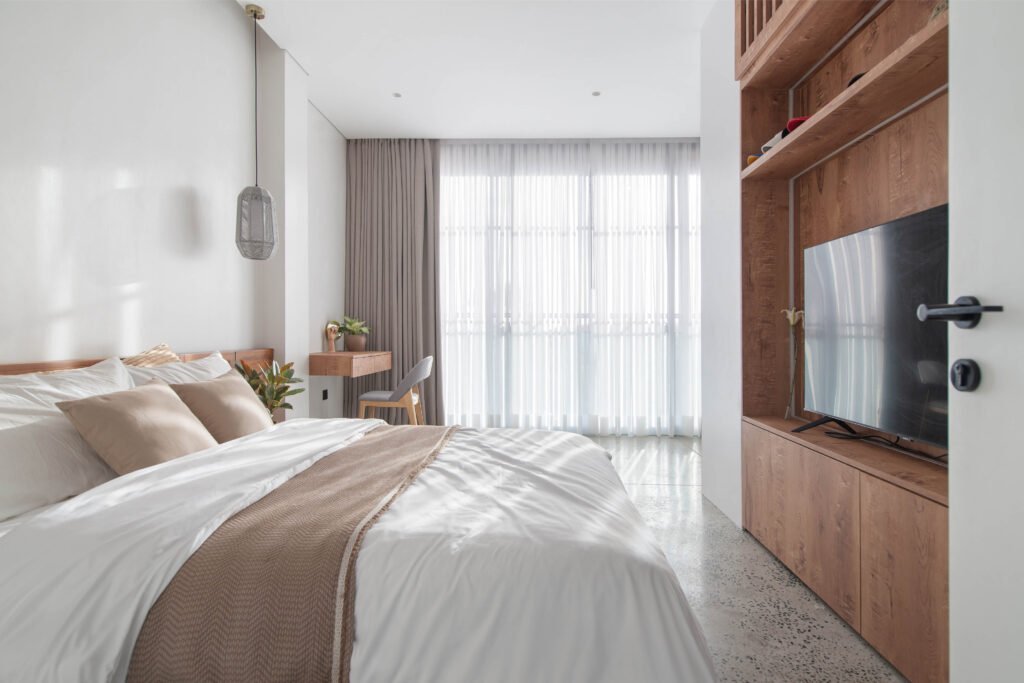
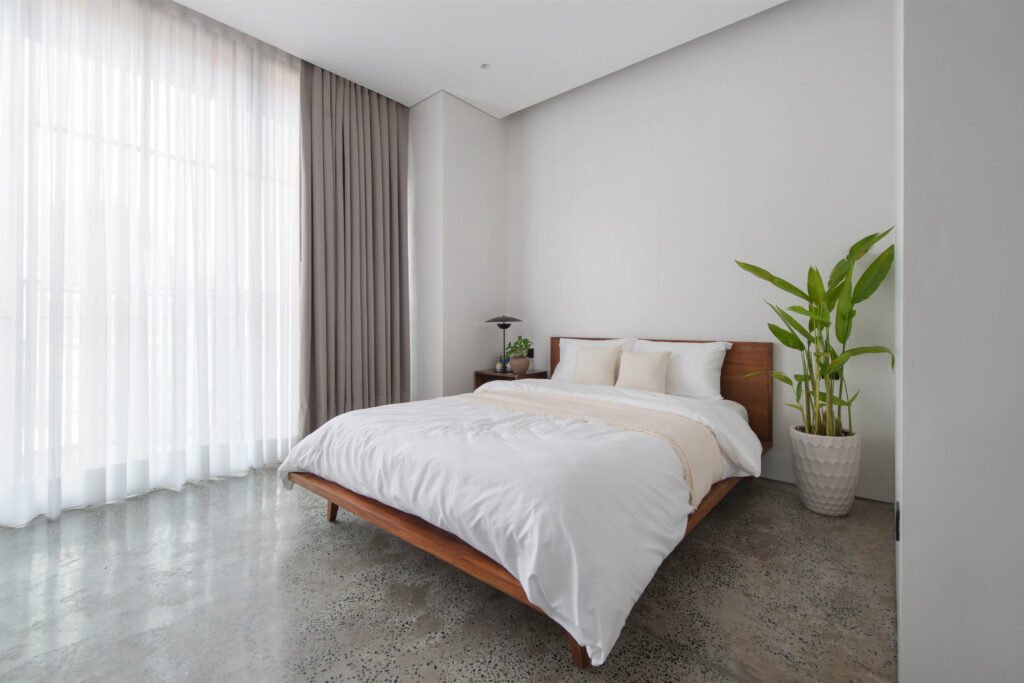


From the main door, one steps into the open-plan layout of the ground floor, where the dining room, kitchen, and living area are, and the spaciousness of the area is amplified by the floor-to-ceiling windows looking out to a strip garden. With the wife being an avid cook, the kitchen acts as the nucleus of the house, being the first space planned by Alt+38 in the layout and from which the other spaces unfold. The living area, meanwhile, opens out to the pool area bordered by a high wall to screen the house from neighbors. The double-height volume truly opens up this space horizontally and vertically, where the air is free to circulate around the house. As a testament to the breezy feel inside the house, the air-conditioning units in the ground floor have so far never been used, according to the client.
Because of the operability of the louvers, the bedrooms on the second floor benefit from the generous openings while remaining screened from the outside. The windows of the two bedrooms are covered by the louvers on the southwest and northwest facades, while the master bedroom has louvers that open up to the pool area below. Despite the privacy of these spaces, they maintain their own dialogue with the outdoors, with users being able to move the louvers and adjust their openings in case they want sunlight and views.
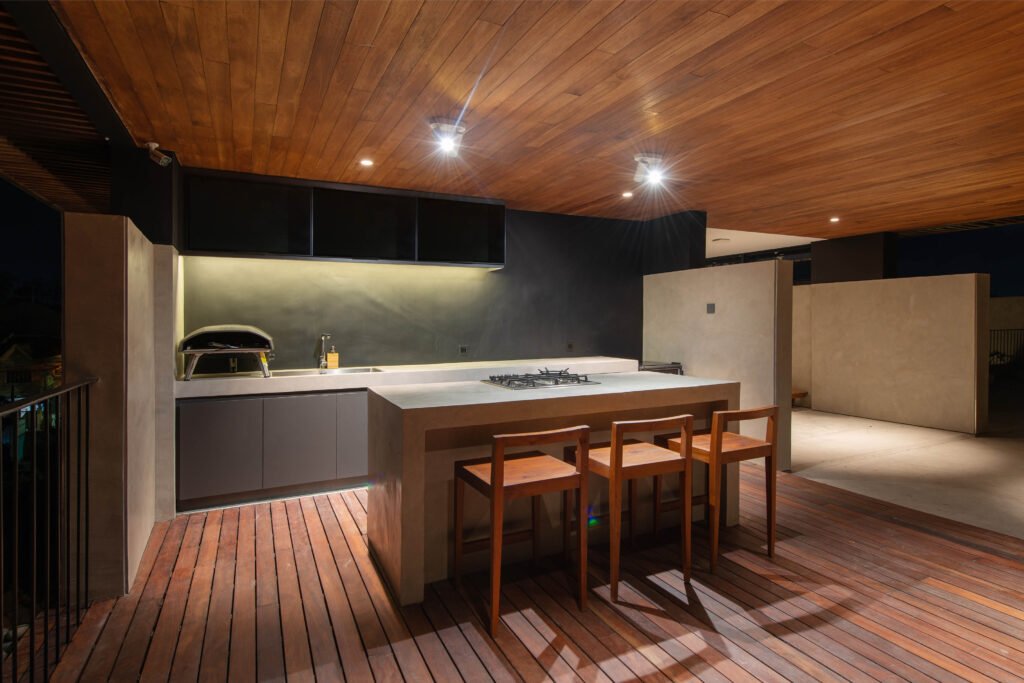

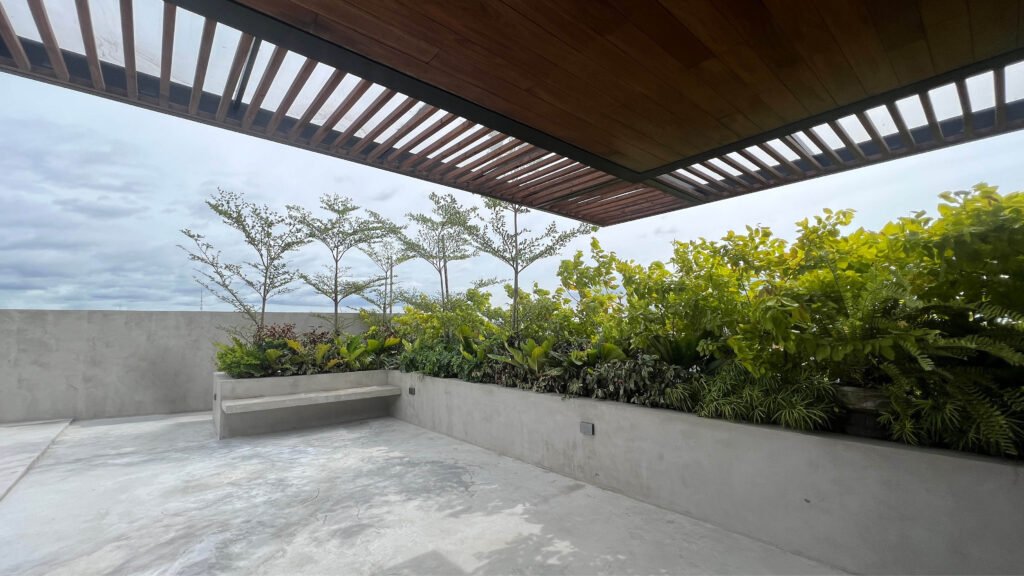

“We wanted every space to have a conversation,” says Suguitan, referring to the communal configuration of the areas where people could gather and converse freely. He could just as well be talking about the entire process that led to the creation of the Dialogue House.
“Every space feels rationally connected and well-thought-out. While the brief we gave was important, I think it was also the trust and honesty we gave to Alt+38, who was just so easy to converse with, that helped inspire them to take our vision further.” Mr. U shares. Suguitan and Vibandor were among the cherished few to be invited to the project’s housewarming when the family moved in two months back; the Alt+38 pair has also brought prospective clients to the house for a visit as they work to establish their portfolio and the Dialogue House’s owners are all too happy to oblige.
The key to every great work of architecture is healthy dialogue. It’s not the first thing that casual observers attribute to the beauty of a building, with the architect’s skill and artistry often getting the credit. Yet a project won’t blossom if productive dialogue between the architect and client is non-existent, which wasn’t the case with the Dialogue House. •
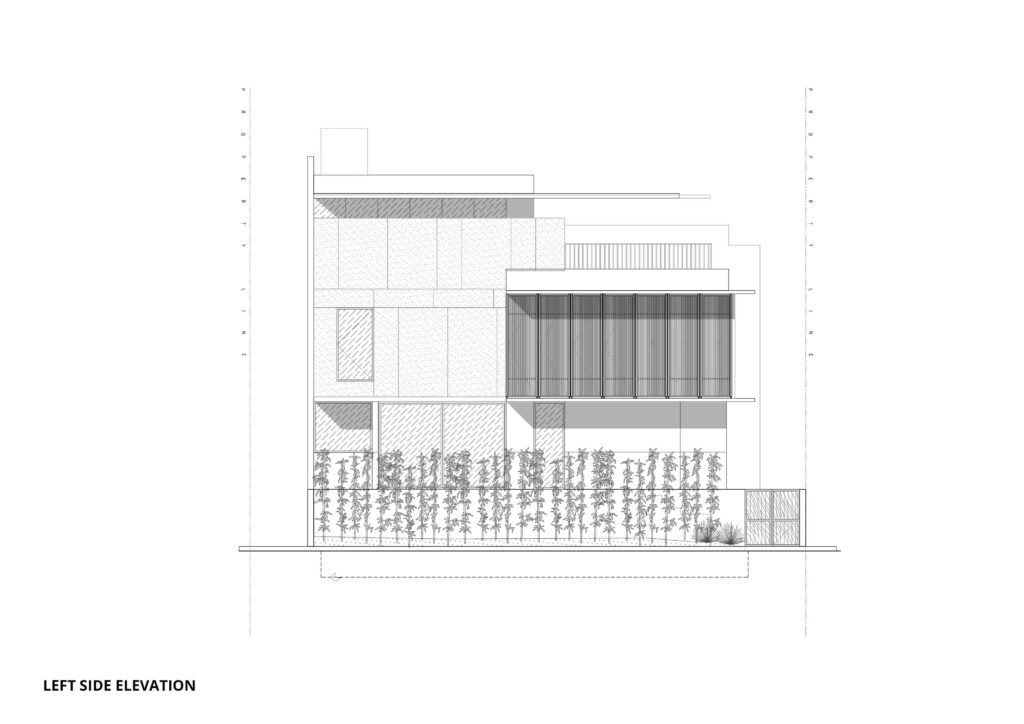

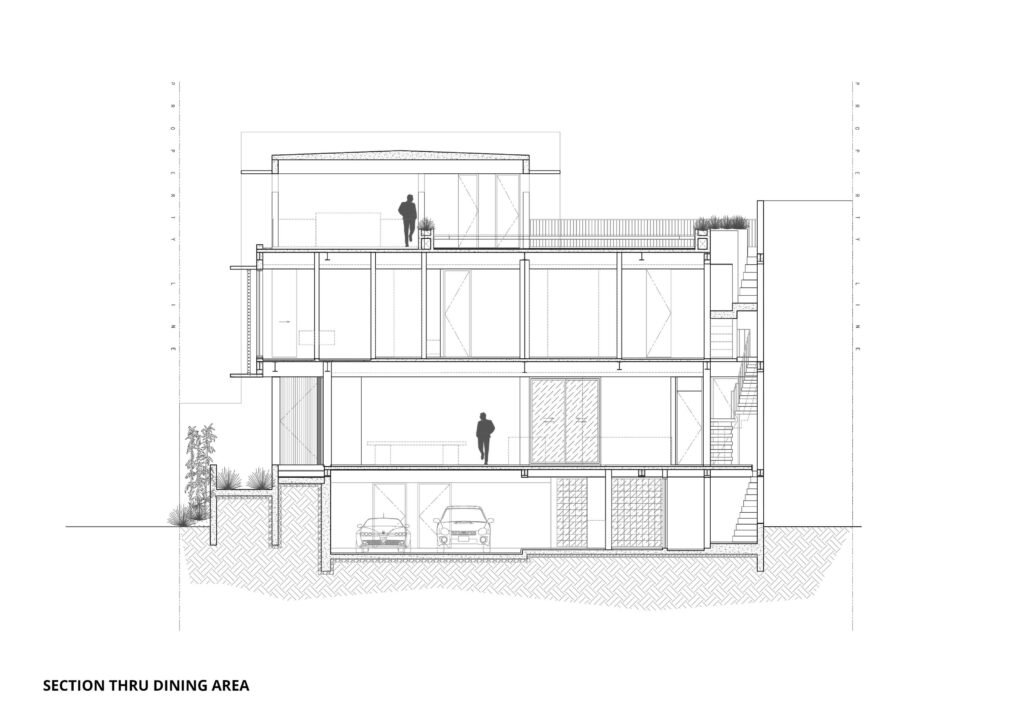
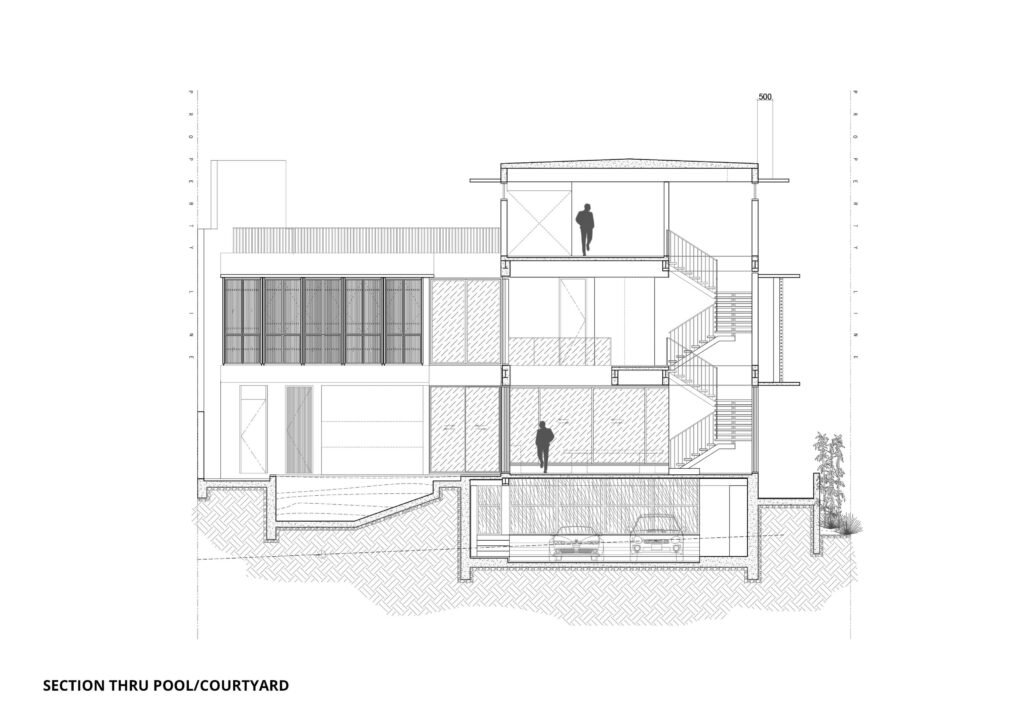

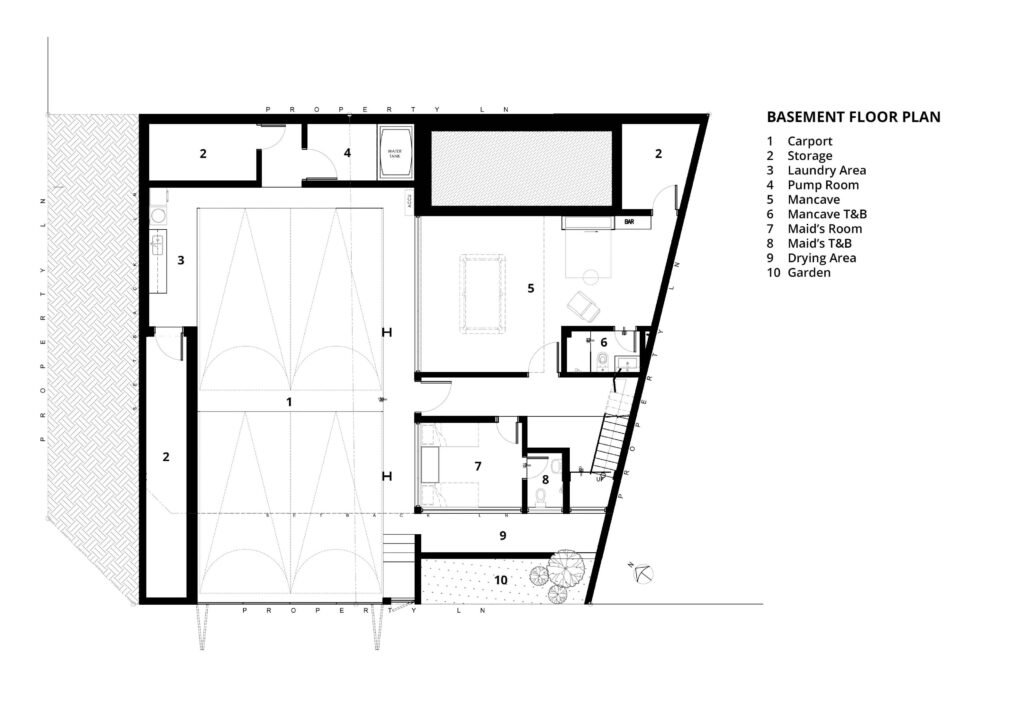
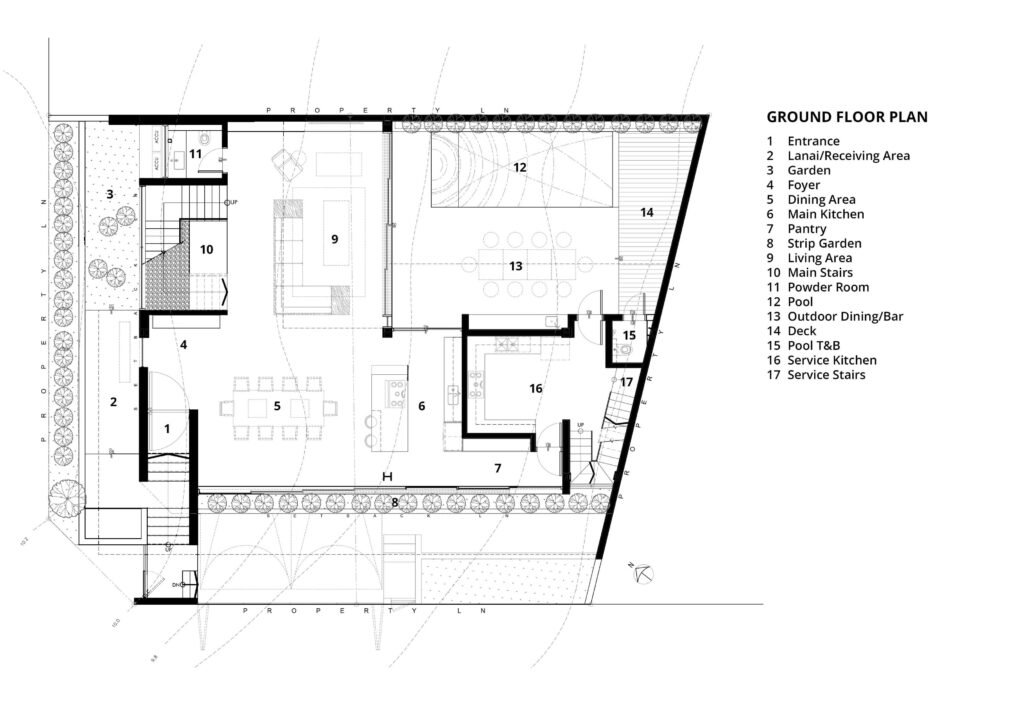
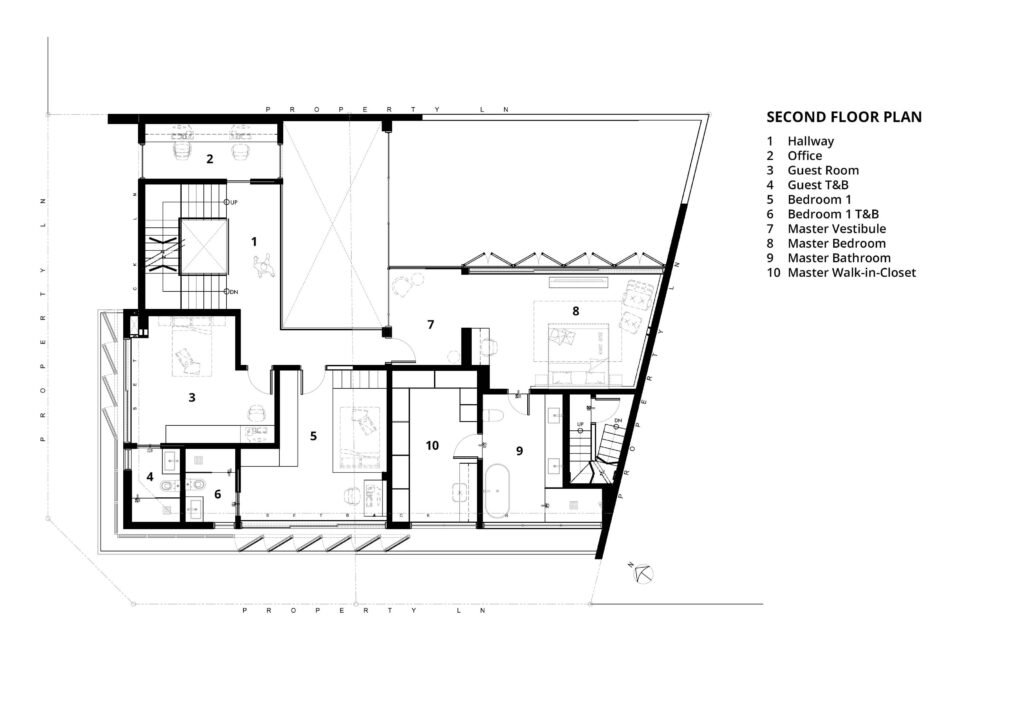

Project Team
Architect: Mark Angelo Vibandor and Marvin Paul Suguitan
General contractor: Jigsaw Construction OPC
Structural consultant: Engr: Mark Lorenze Medillo
Wood ceiling and decking: Filtra Timber
Landscape: Verde Plants and Crafts
Glass windows and doors: TOSTEM Philippines
Floor polish contractor: J.Vaz.Co. Inc
Exterior lighting: Green Group Inc. (GGI)
Living area lighting fixture: Hacienda Crafts
Stairs lighting fixture: Indigenous.Ph
Smart automation: SmartAge Solutions
Main kitchen and bar: DKA Studio PH
Modular cabinets: DSL Manufacturing Industries Inc.
Stone countertops: Laminam by Italstones
Toilet fixtures: Schone Philippines


One Response